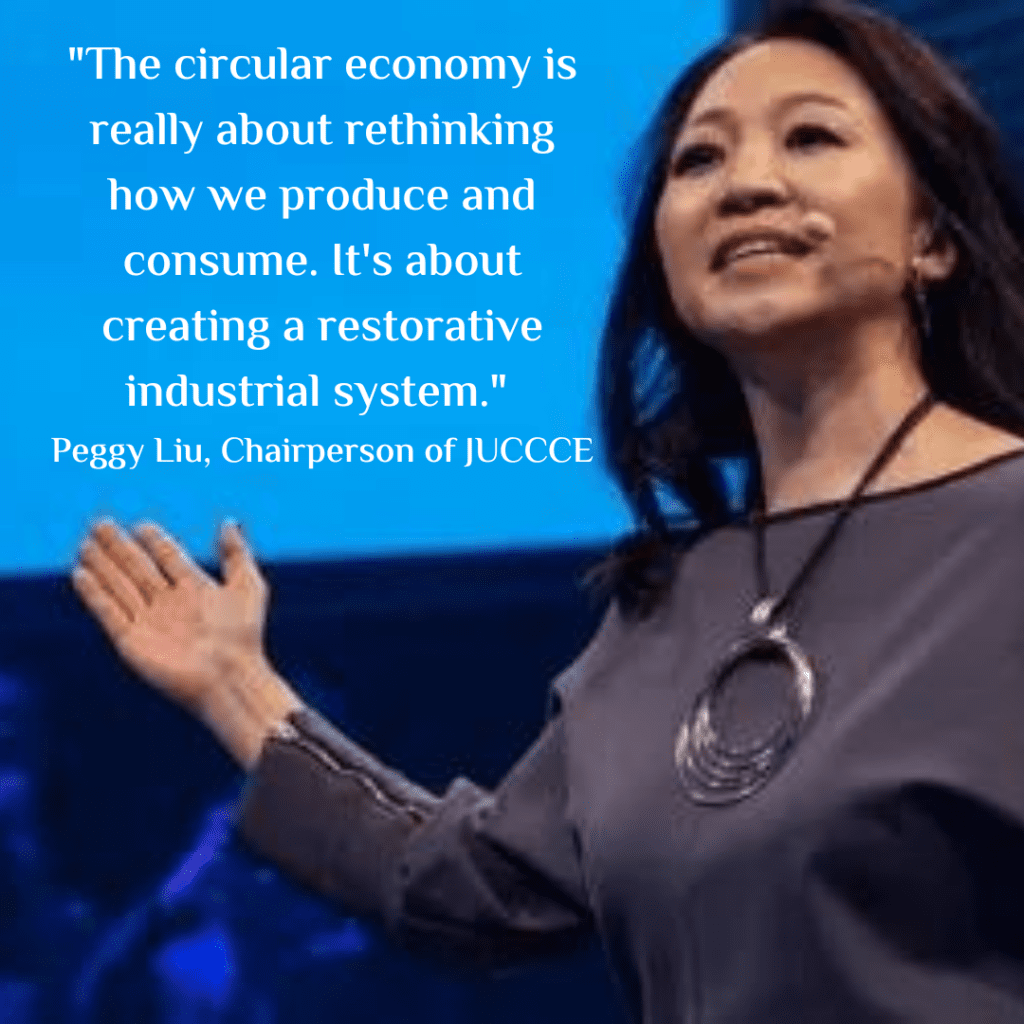

Definition
A circular economy is an economic system aimed at eliminating waste and the continual use of resources. It involves reusing, sharing, repairing, refurbishing, remanufacturing, and recycling to create a closed-loop system, minimising resource inputs and waste, pollution, and carbon emissions.
Example
Make Fashion Circular
The Ellen MacArthur Foundation’s work with the fashion industry is a real-world example of circular economy principles in action. In 2017, they launched the “Make Fashion Circular” initiative, which brings together leaders from across the fashion industry to work towards a circular economy for textiles. This initiative has led to innovations like Worn Again Technologies, which is developing a chemical recycling technology to separate and extract polyester and cotton from old or worn-out textiles.
Ask yourself
- How can my industry or business model adapt to circular economy principles?
- What waste streams in my organisation could be turned into valuable resources?
- How can products be designed for longevity, repair, and eventual recycling?
- What partnerships could be formed to create closed-loop systems in my supply chain?
- How might consumer behaviour need to change to support a circular economy?
Tools
- Life Cycle Assessment (LCA): To understand the environmental impacts of a product from raw material extraction to disposal.
- Cradle to Cradle Design: A biomimetic approach to product design that models human industry on nature’s processes.
- Circular Business Model Canvas: An adaptation of the traditional Business Model Canvas that incorporates circular economy principles.




